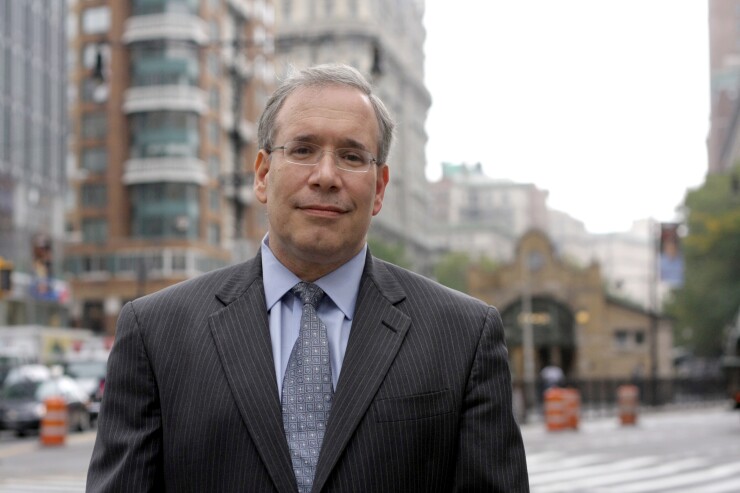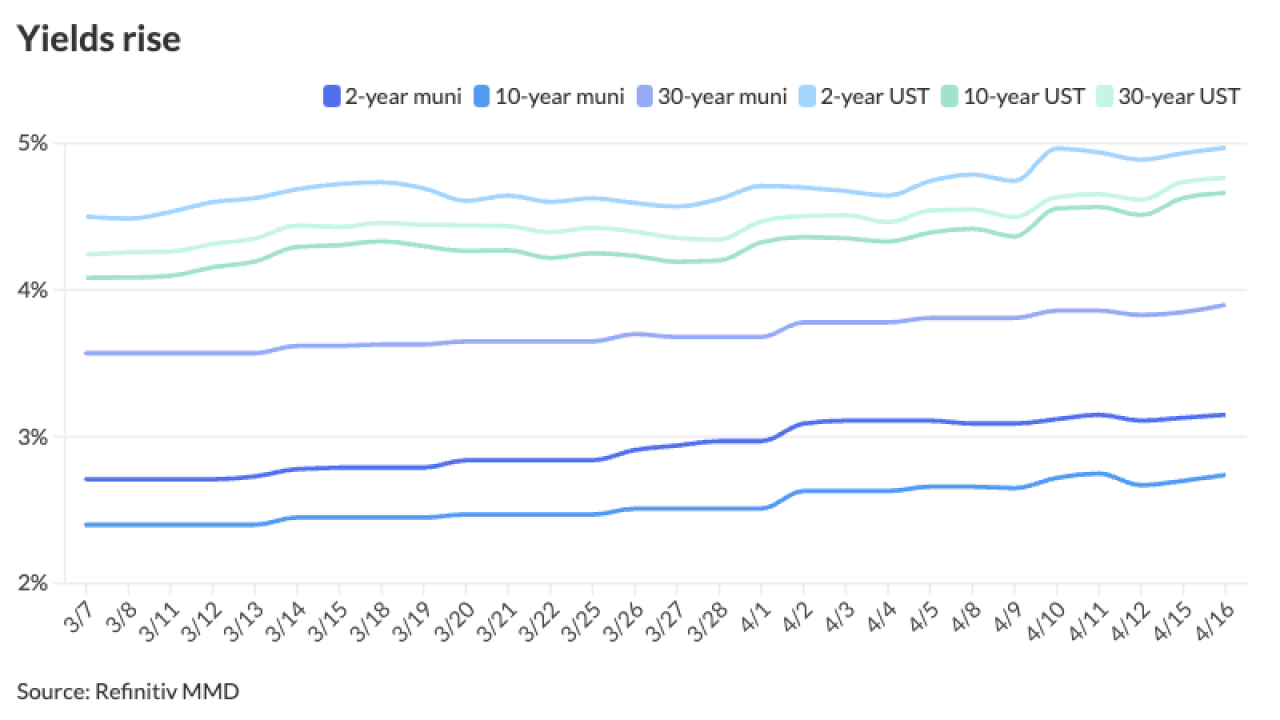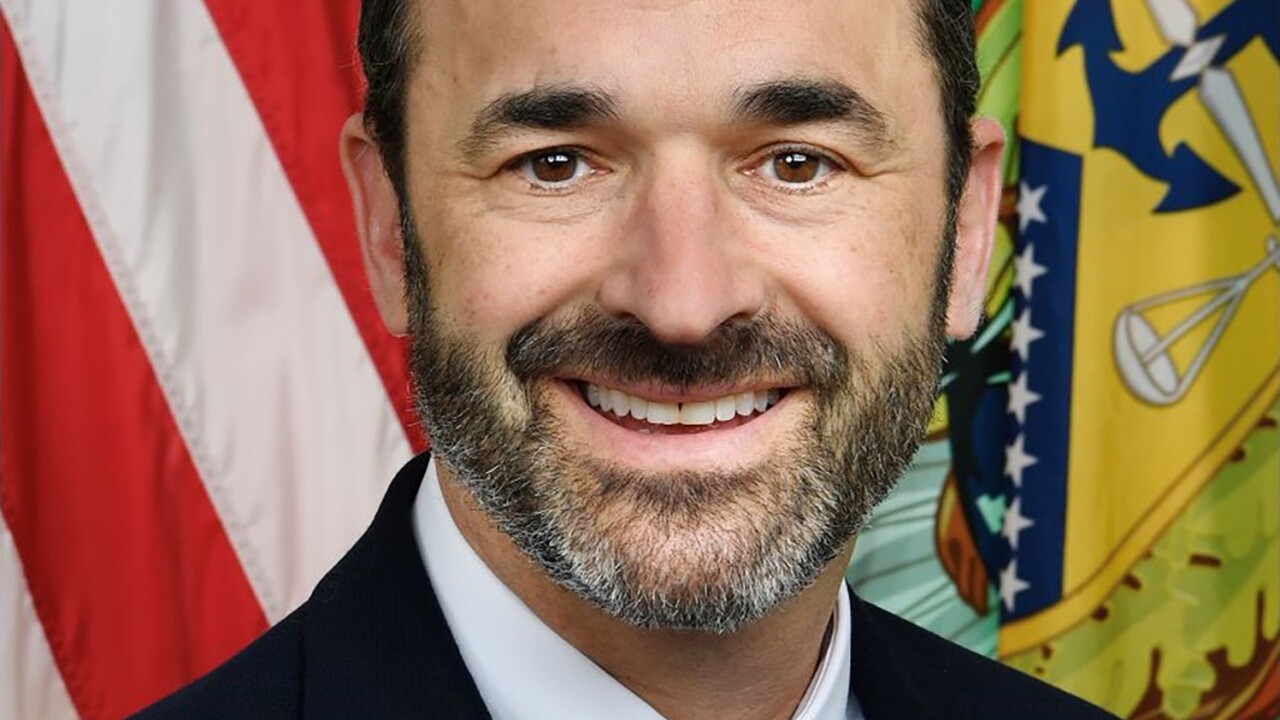The sad state of the subway system is hurting low income New Yorkers much more than their wealthy counterparts, according to a study released by the Federal Reserve Bank of New York on Tuesday.
In their Liberty Street Economics blog “Why New York City Subway Delays Don’t Affect All Riders Equally,” the Fed’s Nicole Gorton and Maxim Pinkovskiy find the system suffered from increasing ridership and decreasing infrastructure investment. While delays are a headache for all who depend on the subway to get around, they say, delays don’t affect all workers the same way.
“Roughly half of employed New Yorkers living in the Bronx, Brooklyn, Manhattan, or Queens rely on the subway to get to work each day," the report says. "The subway is one of the few commute methods where the distribution of incomes among riders roughly reflects the distribution of incomes throughout the city. In comparison, communities where most people walk to work or take a taxi tend to be far wealthier than the median New York City community, whereas communities in which most people take the bus tend to be poorer than the median.”:

NYC Transit President Andy Byford said the N.Y. Metropolitan Transportation Authority was working on making the system better.
“There’s no question that New York is the successful city that it is because of the 24-hour subway and bus system. This is the city that never sleeps because we have the transit system that never sleeps," Byford said. "And this transit system is in the midst of unprecedented change and major improvements that are renewing the subways and buses for generations to come, in the immediate term with the Subway Action Plan and in the long run with the Fast Forward Plan. These programs are our ironclad commitment to improve service and ensure that our transit system continues to be one of the great equalizers for all New Yorkers.”
Across the system, commuters' experiences and wait times vary widely. To look at the economic effects of these differences, the report compared the distribution of median household incomes across the city’s census block groups.
The report found that “it is clear that higher incomes are associated with lower commute times.” The reason is that a short commute is often expensive in ways indirectly related to transit. Housing demand is high in areas where lots of people work and want to live, so people pay more for access to better transportation as house prices and rents are higher near these efficient transportation hubs.
“This relationship between income and commute time is actually more pronounced in places that rely on the subway (subway-dependent communities) than in places that do not (subway-independent communities),” the report says. “In other words, the elasticity of commute time with respect to income — how commute time changes as household income changes — is significantly more negative in subway-dependent communities.”
Spending more time on a train increases the risk of seeing some type of service disruption, so subway riders with the longest commute times are more likely to see longer delays.
“We have presented some descriptive evidence that subway delays disproportionately affect lower-income New Yorkers because their already long commutes get even longer and they may have no choice but to wait out even the worst delays,” the report said.
"Behind every subway delay there’s a nurse who isn’t getting to a patient who depends on him, a distressed office worker praying she won’t be late for a meeting, a mother who’s leaving her home and family 20 minutes early just so she can get to work on time," said New York City Comptroller Scott Stringer. "As this analysis demonstrates, subway delays are having an adverse and disproportionate impact on low-income communities. If we want to strengthen our economy and improve the health, wealth, and quality of life of our most vulnerable residents, then we need to fortify and invest in our public transit system.”

Gorton, a Fed senior research analyst, and Pinkovskiy, a senior economist, said there were other factors that they didn't analyze which make subway delays and longer commutes worse for low-income workers.
“For example, low-income people may not be able to spend money on a taxi or rideshare service to get to work in the case of an extreme delay,” they wrote. “We also do not consider differential time value of money, which may mitigate these effects. Aside from the obvious frustration of unanticipated delays, longer commutes mean people risk losing pay — or even their jobs — and may have less time to invest in their health, education, and children. That is bad news for all New Yorkers.”





